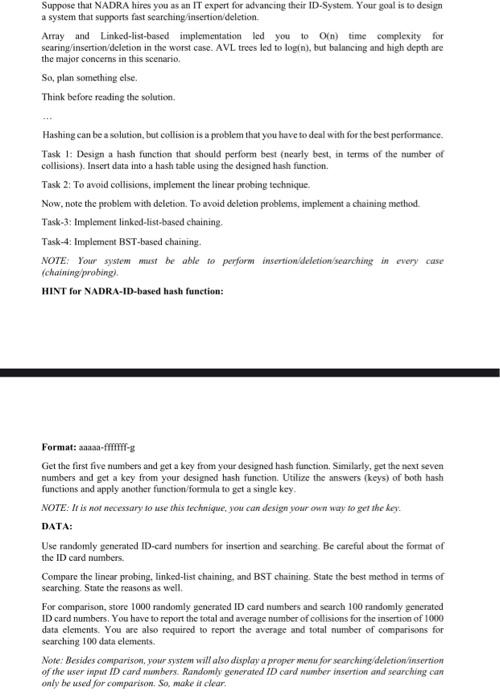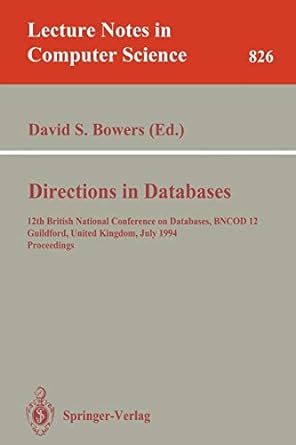Answered step by step
Verified Expert Solution
Question
1 Approved Answer
I want a complete code in cpp without using vectors in cpp STL just a simple code easy to understamd for beginners not the theory
I want a complete code in cpp without using vectors in cpp STL just a simple code easy to understamd for beginners not the theory but the c prgram so that i can understand the logic as by just mentionaing the theory it is of no use for the beginers but yes for the expert but pardon I am. a beginer 

Step by Step Solution
There are 3 Steps involved in it
Step: 1

Get Instant Access to Expert-Tailored Solutions
See step-by-step solutions with expert insights and AI powered tools for academic success
Step: 2

Step: 3

Ace Your Homework with AI
Get the answers you need in no time with our AI-driven, step-by-step assistance
Get Started


